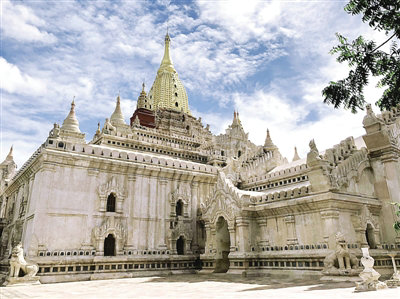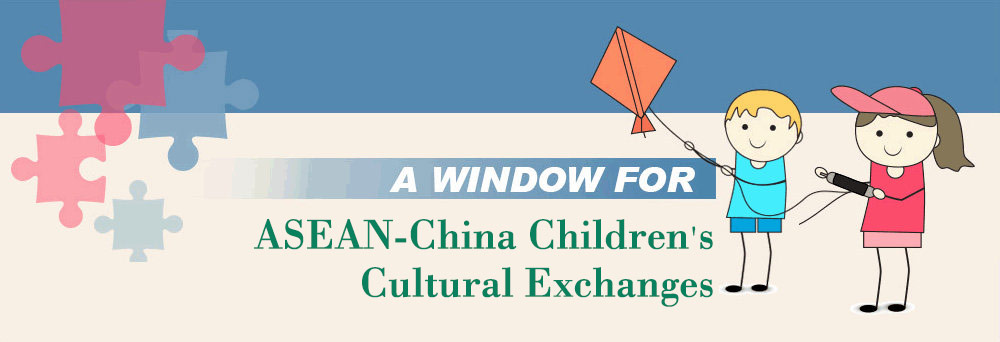The living fossils of Myanmar culture

Ananda Temple in Bagan City.
Temples and monks in Myanmar are highly regarded within its country as it is a Buddhist country. Buddhism was first introduced to southern Myanmar in the 3rd century BC. The temples that were constructed are a living fossil of Myanmar culture, which cannot be studied without them. Many historical books, traditional medical texts and even cultural treasures are preserved in temples. Traditional Myanmar architecture is highlighted through temple buildings, and the traditional Myanmar virtue of "contentment and non-contention" is passed on through temples.
Language and characters are the soul of a nation. Traditional Myanmar culture believes that the most authentic Myanmar language is the one spoken in the temples. At the present time, many Myanmar people still hold the belief that only students educated in the temples can write the most orthodox, extremely round Myanmar script.
Nowadays, temples remain an important part of Myanmar social governance. Within rural areas of the country, especially in remote mountainous areas, temples are an important place for local people to settle disputes and are unanimously recognized as "civil courts". For general conflicts among the people, a solution is found when the temple is approached. In the case of major disputes, most problems can be resolved satisfactorily and peacefully if the monks intervene. To this day, in many Myanmar villages, temples play the role of their "police department" and their "police office". And if there is any local misconduct, such as provocation by hooligans, going to the temple and telling the monks is akin to "calling the police".
In Myanmar temples, the abbots need to be highly educated and well organized. In addition to being well versed in religious theory and scriptures, they need to be knowledgeable to deal with social matters in a relatively impartial manner and guide the people towards good.
Myanmar is located in the tropics and subtropics and is plagued by floods, mosquitoes and epidemics every year. Whenever there is an emergency such as an epidemic, a fire or flood, the monks usually come forward to manage the social order, helping the government to stabilize the people, support the rescue teams and save the lives of the injured. In the early years, temples also functioned as hospitals. The prescriptions of Myanmar doctors and medicine were passed down in the temples, and many Myanmar people who were more traditional rejected Western medicine and would instead go to the temples for help. At present, the government of the union of Myanmar has enacted relevant laws and regulations, establishing the formal University of Traditional Myanmar Medicine, and imposing strict regulations on the issue of medical doctors holding medical qualifications, resulting in the phenomenon of visiting temples for medical treatment being greatly reduced.
Latest
- Live Broadcast Held by Cambodia Rural Road Project of the Belt and Road Overseas Engineering Science Camp
- Construction of China-Laos railroad heightens Chinese learning boom, Lao students grouped to Guangxi to study
- Opening Ceremony of Begonia Cultural Festival and Begonia Poetry Event Successfully Held
- Students from Indonesia arrive for study in China
Contact us
Address:ASEAN-China Centre, No. 43, Liangmaqiao Road, Chaoyang District, Beijing, China
Postcode: 100600
Tel: 86-10-65321660 ext 636
Fax: 86-10-85322527
Weibo: weibo.com/aseanchinacentre
